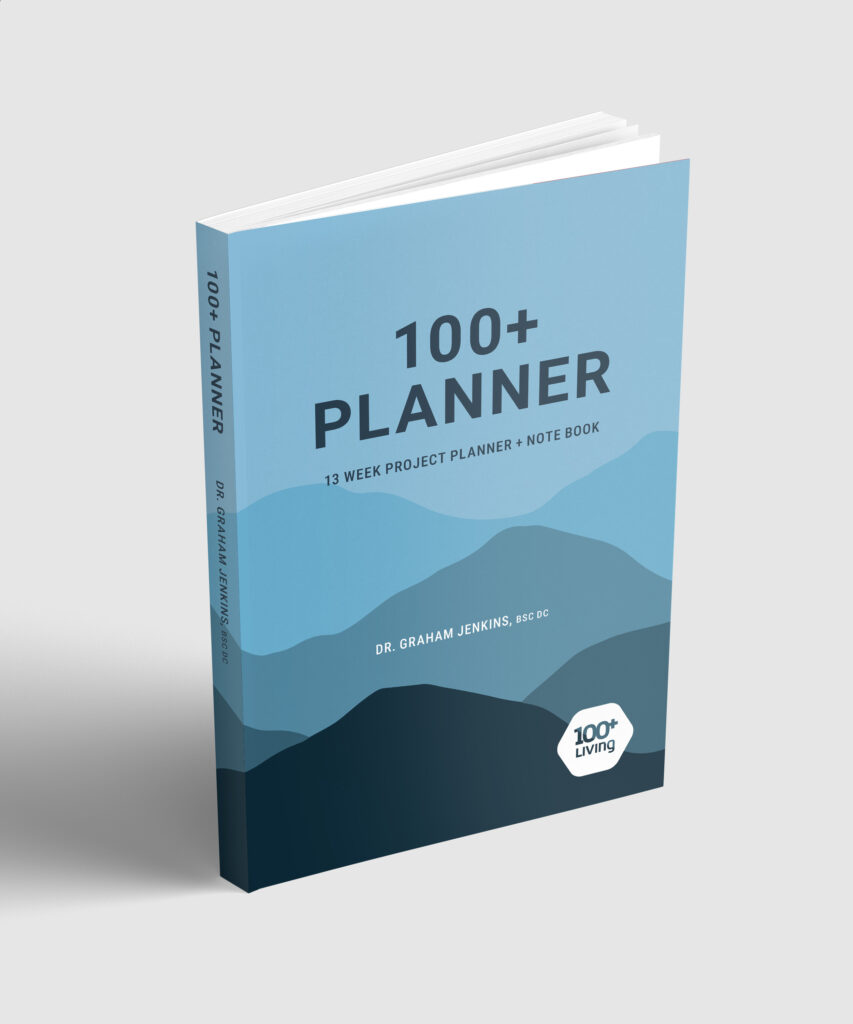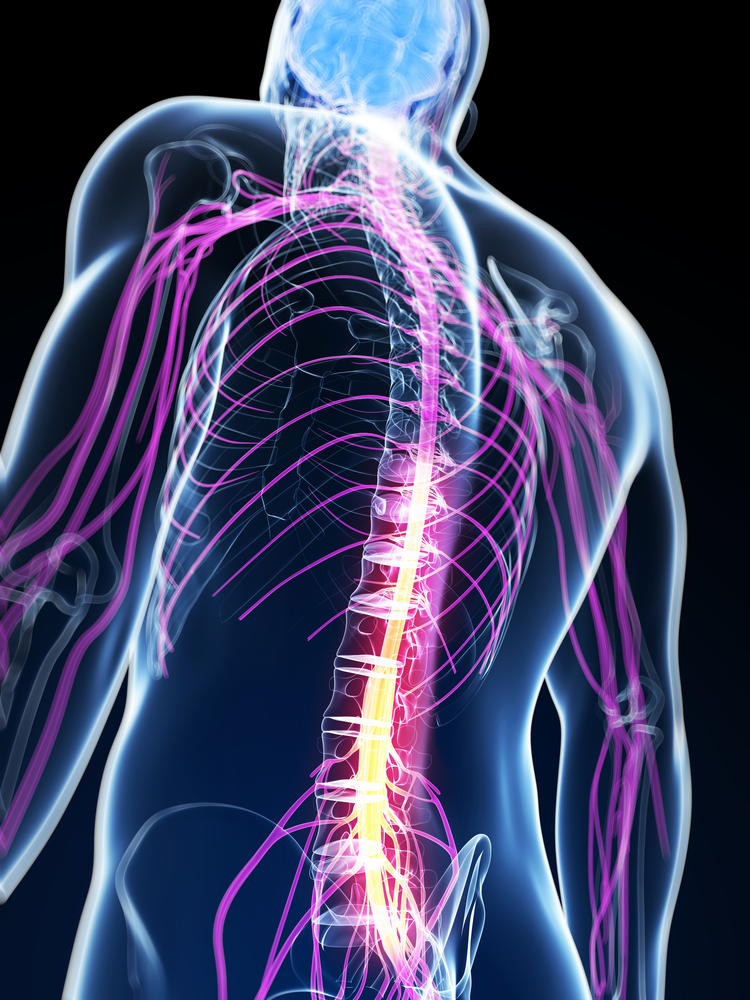In today’s rapidly changing world, stress has become an almost constant companion. From juggling work deadlines to managing personal responsibilities, it’s easy to feel overwhelmed. But what if stress isn’t the enemy we often perceive it to be? What if, instead, it could be a catalyst for growth and resilience? Let’s explore how building resilience can help you not only manage stress but thrive in the face of it.
Understanding Stress: Friend or Foe?
Stress is a natural response to challenges and demands. Biologically, it’s designed to protect us—a survival mechanism inherited from our ancestors. When faced with a threat, our bodies release hormones like cortisol and adrenaline, preparing us to fight or flee. However, in our modern world, stressors are less about life-threatening dangers and more about daily pressures.
Research shows that chronic stress can negatively impact our health, leading to issues like heart disease, weakened immune function, and mental health disorders. However, not all stress is bad. Eustress, or positive stress, can motivate us to meet deadlines, solve problems, and achieve goals. The key lies in how we perceive and manage stress.
The Power of Resilience
Resilience is the ability to bounce back from adversity, adapt to challenges, and keep going in the face of hardship. It’s not about avoiding difficulties but facing them head-on and emerging stronger.
Why Are Some People More Resilient?
According to psychologist Dr. Dennis Charney, resilience involves a combination of genetics, environment, and personal choices. Factors that contribute to resilience include:
- Strong social connections
- A positive outlook and mindset
- Healthy coping strategies
- Physical well-being
Resilient individuals tend to view challenges as opportunities rather than obstacles. They possess a growth mindset, a term coined by psychologist Dr. Carol Dweck, which is the belief that abilities and intelligence can be developed through dedication and hard work.
Building Resilience: Mental, Emotional, and Physical Approaches
1. Mental Resilience
Cultivate a Growth Mindset: Embrace challenges as chances to grow. When faced with a difficult task, instead of thinking “I can’t do this,” reframe it to “I can’t do this yet.” This small shift in language reinforces the belief that you can improve with effort.
Set Realistic Goals: Break down larger objectives into manageable steps. Achieving these smaller goals boosts confidence and motivation.
Practice Mindfulness: Being present in the moment reduces anxiety about the future and regrets about the past. Techniques like deep breathing, meditation, and mindful walking can center your thoughts.
2. Emotional Resilience
Emotional Awareness: Recognize and accept your feelings without judgment. This awareness is the first step toward managing emotions effectively.
Develop Coping Strategies: Identify activities that help you relax and recharge, such as journaling, listening to music, or spending time in nature.
Build Strong Relationships: Surround yourself with supportive people. Social connections provide a safety net during tough times.
3. Physical Resilience
Regular Exercise: Physical activity releases endorphins, the body’s natural stress relievers. Exercise also improves sleep, which is crucial for stress management.
Nutrition: A balanced diet fuels your body and mind. Nutrients like omega-3 fatty acids, found in fish and flaxseeds, have been linked to reduced anxiety.
Adequate Sleep: Prioritize 7-9 hours of quality sleep per night. Sleep deprivation can exacerbate stress and impair cognitive function.
Chiropractic Care and Resilience
An often-overlooked aspect of building resilience is the role of spinal health in overall well-being. Chiropractic BioPhysics (CBP) is a science-based approach that focuses on correcting spinal misalignments to improve nervous system function.
The Mind-Body Connection
The spine houses the central nervous system, which controls every function in the body. Misalignments can lead to nerve interference, affecting physical and emotional health. By restoring proper alignment, CBP care can enhance the body’s natural ability to manage stress.
Dr. Heidi Haavik, a neuroscientist and chiropractor, emphasizes that spinal adjustments can improve brain-body communication, leading to better adaptation to stress.
Home Care Strategies
In addition to professional care, incorporating spinal molding exercises and mirror image adjustments at home can further promote resilience. These practices help maintain spinal alignment, reduce tension, and improve posture, contributing to better stress management.
Creating Your Personal Stress-Proof Plan
Given that stress is an inevitable part of life, having a personalized plan to manage it is essential.
1. Identify Your Stressors
Write down situations or factors that consistently cause you stress. Awareness is the first step toward change.
2. Develop Healthy Habits
Incorporate the mental, emotional, and physical strategies discussed earlier. Consistency is key—small daily actions lead to significant long-term benefits.
3. Set Boundaries
Learn to say no when necessary. Overcommitting can lead to burnout. Prioritize tasks and focus on what’s most important.
4. Seek Support
Don’t hesitate to reach out to friends, family, or professionals when needed. Sometimes, talking about your challenges can provide relief and new perspectives.
5. Embrace Continuous Learning
Life is a journey of growth. Stay open to new strategies and be willing to adjust your plan as needed.
Conclusion: Thriving Through Stress
Stress doesn’t have to be a debilitating force. By building resilience, you can transform stress into a motivator for personal growth and improved well-being. Remember, resilience isn’t about being unaffected by difficulties but about responding to them in healthy, constructive ways.
Ready to take control of your stress and build lasting resilience? Dive deeper into these strategies and more in “Stress Less, Live More: A 100+ Living Guide to Beating Stress and Thriving” by Dr. Graham Jenkins. Equip yourself with the tools to not just survive but truly thrive in today’s fast-paced world.
Check out the book on Amazon and begin your journey toward a stress-proof life today!








